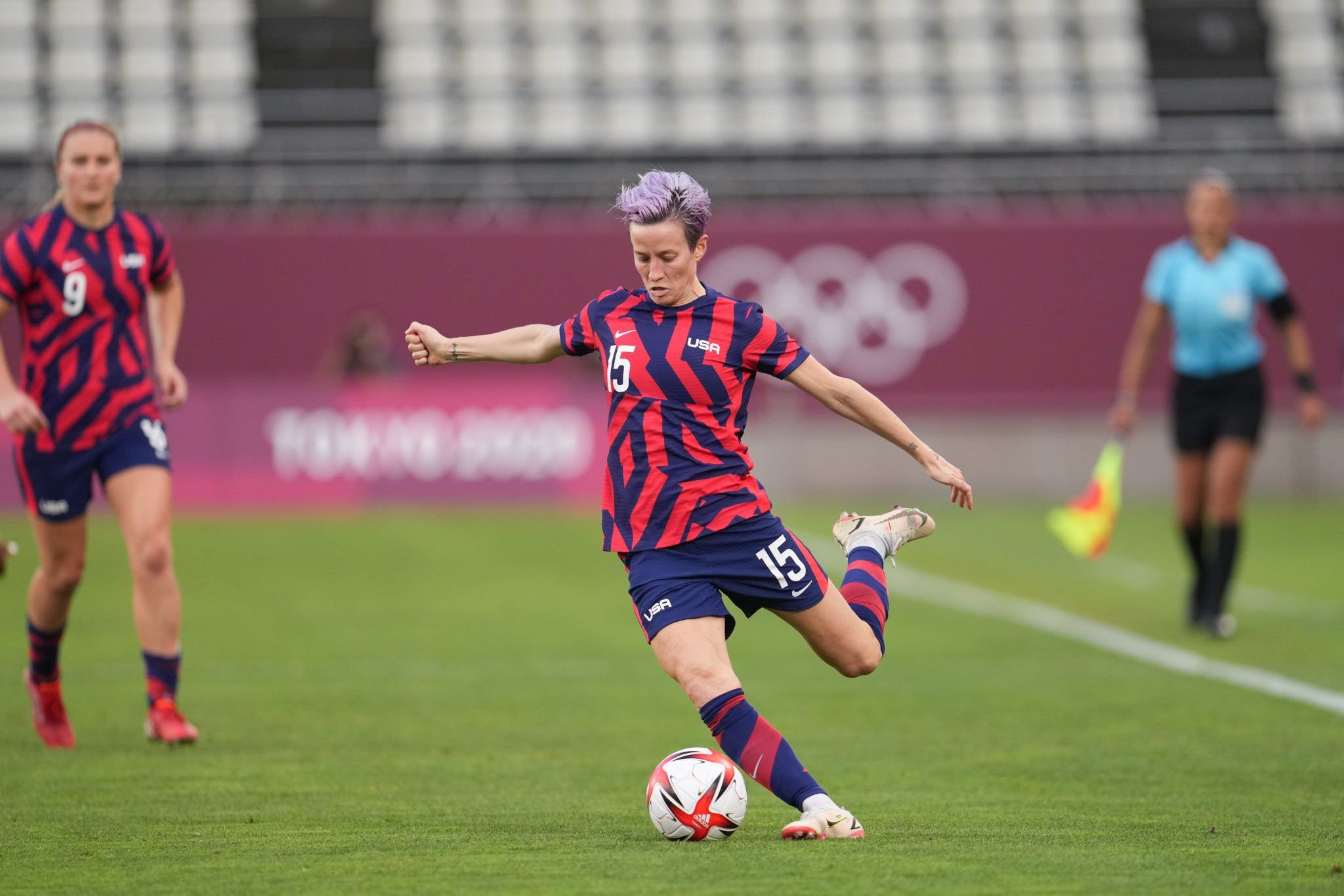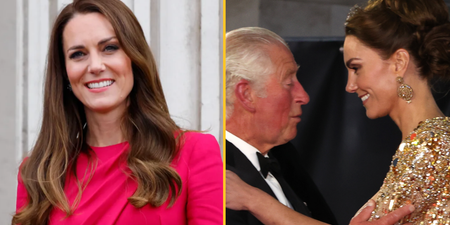Personalised routines are key to overcoming menstrual symptoms, period!
Female Olympians across the board have proven that not only do their menstrual cycles not stop them from competing – they can actually enhance their training, and ultimately their performance.
“I do let my physios, my coach, and everyone know that I’m on my period,” Dina Asher-Smith told The Telegraph, and the Olympic sprinter is just one of the many women using their natural cycles as a way to structure their training. Two-time national champions Chelsea Women’s have implemented menstrual tracking through their routines with the help of physiologist and international cross-country runner Dr Georgie Bruinvels.
'It's really not a big deal, half the world goes through it' – @dinaashersmith shares how she tailors her training around her period. pic.twitter.com/XW3CRjgCbW
— Telegraph Women’s Sport (@WomensSport) February 14, 2020
The first step is understanding your body
“Female hormones change every day,” says Suzie Richards, a mindset and performance coach. “So why would you do the same ‘thing every Tuesday for the month?”
“On the first Tuesday your hormones are at one point, and then on the third Tuesday of the month they are totally different,” she continues, touching on why a weekly routine does not always work for females.
Suzie continues to talk about the need for a personalised workout routine that considers your hormones, body, and, most importantly, how you are feeling. “How can you adapt your training to how you feel?” she asks. “To work with your hormones.”
Female triathletes? Can you train with your body, not against it? Curious to match your training blocks with your menstrual cycle? Send me a msg or comment below 'more info' and I will send you info on Train Like a Female 6 week masterclass. 8 spots available. pic.twitter.com/cjXVyRGcK1
— Suzie Richards (@Suzie_Richards) April 13, 2020
“When the hormones are low, that is the time to do a high-intensity training,” she says, a point reiterated by Arj Thiruchelvam, a UK Athletics Sprint & Jumps Coach.
Arj and Suzie refer to the Follicular phase, where both Estrogen and Progesterone are low. During this phase, GMA recommends eating foods with fibrous carbs, like whole grains, and avoiding foods high in saturated fats and inflammatory food. These food changes, combined with high-intensity workouts are key to getting the most bang for your buck during the Follicular phase.
Arj then describes that there is a surge of testosterone at the beginning of ovulation, which leads to increased strength and endurance, which was again reinforced in 2019 by Dr Alessandro Del Vecchio.
“[Del Vecchio] found that rapid force and maximal force is at its highest during this time, so if you perform a power or explosive movement sport, prepare for a personal best.”
“Understanding your menstrual cycle is actually the most beneficial aspect for performance,” he told JOE.
“The suggestion is that both soft muscle tissue and tendon stiffness injuries which could occur from short sprints and jumps (plyometrics) could be more susceptible to injury during the luteal phase,” Arj Says.
https://www.instagram.com/p/CO0lCOBHADO/
During the Luteal phase, which occurs after ovulation but before your period starts, Arj says, “some people will need to reduce training intensity/volume and offer your body some nutritional flexibility”.
“Allowing an extra 100-400 kcal during this phase to account for increased hunger will be particularly useful both physically and psychologically to the athlete.
“Very often the greatest impact is psychological perceived challenges rather than physical factors. Numerous pieces of research have found little or no physiological impact on performance from your period but the perceived impact on performance is consistently evident. Therefore, put a strategy in place to boost your confidence to trust the process.”
Mind over matter, or better yet, stringent planning and inner conversations, are something that both Arj and Suzie recommend for taking your performance to the next level.
But this isn’t all speculation, as these practices have been implemented across numerous sports teams like Chelsea Women’s football club and the US women’s national team.
It took all of U.S.
⭐️⭐️⭐️⭐️
We love you. #OneNationOneTeam pic.twitter.com/N1QnWkrttd
— U.S. Women's National Soccer Team (@USWNT) July 7, 2019
Nutritional experts did just this during the United States Women National Team’s (USWNT) World Cup campaign. By tracking each player’s cycles and symptoms, putting posters up to inform players, they were able to push their performance to the next level.
“I feel like it’s one of many strategies that we deployed that helped us win,” said Dawn Scott, high-performance coach for the USWNT.
The USWNT focused on making sure sleep, hydration, nutrition and recovery were optimal to help counter the players’ period symptoms. Each personalised regiment related directly to that specific player’s needs, rather than a more general approach to training and fitness.

In the lead up to your period, you may be feeling ‘unmotivated’ ‘, lethargic or as Suzie puts it, “wanting to eat all the carbs”. She urges women to understand that “it’s just natural” and that by listening to your body, you can better exploit the inherent advantages and disadvantages of your periods.
Tracking is key!
“Rather than comparing weight and measurements month to month, instead compare weeks of a cycle to the corresponding month for a more accurate figure and pattern of performance,” Arj suggests.
“I think nothing works better than a tracker for me. I feel it mentally prepares me for my period, and I don’t have to keep stressing about its uncertainty,” shares Jhanak Dubey, a state-level athlete from Kanpur.
With an app store overflowing with options to suit your needs, period tracking has never been so easy.
The US women’s national team is at the top of their game, as are Chelsea Women’s. Why? Well, part of that is taking into account the very natural changes in their bodies throughout the month. If you are a woman wanting to kick your performance to the next level, then the logical next step would be to listen to your body’s needs and respond with a personalised training routine.
Related Links:
- The best thing coming out of Tokyo 2020 is Olympian TikTok
- TikTok is showing just how thirsty Olympians are
- Ten things that have gone wrong at the Olympics before they’ve even started



















































